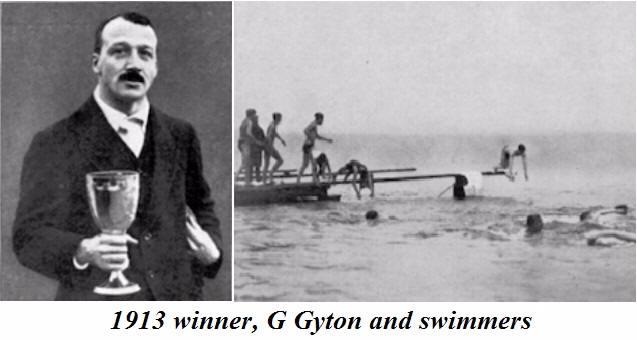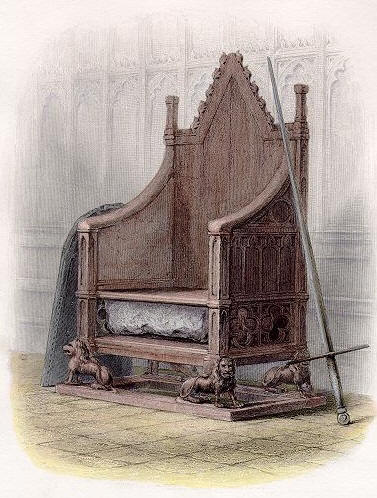In 320 AD, Pope Julius I proclaimed that 25th of December was to be celebrated as the official date of the birth of Jesus Christ.
The word Xmas, a common abbreviation for Christmas, is derived from the Greek alphabet. X is the Greek letter Chi which is, of course, the first letter of the word Christ.

Members of the Serpentine Swimming Club in London hold an annual race for ‘The Peter Pan Cup’ on Christmas Day. This was donated to the club by the writer J. M. Barrie, author of the play ‘Peter Pan’. He often walked in Kensington Gardens and Hyde Park, where he used to watch the swimmers. In 1913 he sponsored the race and donated the cup.
Christmas Island, situated in the Indian Ocean, was so named by Captain William Mynors of the British East India Company when he sailed past it on Christmas Day in 1643. Another Christmas Island was discovered and named by Captain James Cook in 1777. Part of Kiribati, it is now called ‘Kiritmati’ which is a re-spelling of Christmas in the local language.
The song ‘Jingle Bells’, written by James Lord Pierpoint, was not originally intended to be a Christmas song, but to celebrate the American festival of Thanksgiving.
Rudolph, the red-nosed reindeer, was invented by an American company for their 1938 Christmas promotion. He was not one of the reindeers listed in Clement Clarke Moore’s poem ‘Twas the Night Before Christmas’ or ‘A Visit from St Nicholas’, published in 1823. These were Dasher, Dancer, Prancer, Vixen, Comet, Cupid, Donner and Blitzen
 On
Christmas Day, 1950, four university students from Glasgow stole the
historic ‘Stone of Scone’ (the Stone of Destiny) from the Coronation Chair
in Westminster Abbey. It was later recovered from the altar of Arbroath
Abbey, where it had been deposited by the students several months later,
after London had refused to return it to Scotland. However, in November
1996, the Stone returned to Scotland and now resides in Edinburgh Castle. It
was returned to Westminster Abbey, just for the Coronation of the Queen in
1953 but will return again for any future Coronations.
On
Christmas Day, 1950, four university students from Glasgow stole the
historic ‘Stone of Scone’ (the Stone of Destiny) from the Coronation Chair
in Westminster Abbey. It was later recovered from the altar of Arbroath
Abbey, where it had been deposited by the students several months later,
after London had refused to return it to Scotland. However, in November
1996, the Stone returned to Scotland and now resides in Edinburgh Castle. It
was returned to Westminster Abbey, just for the Coronation of the Queen in
1953 but will return again for any future Coronations.